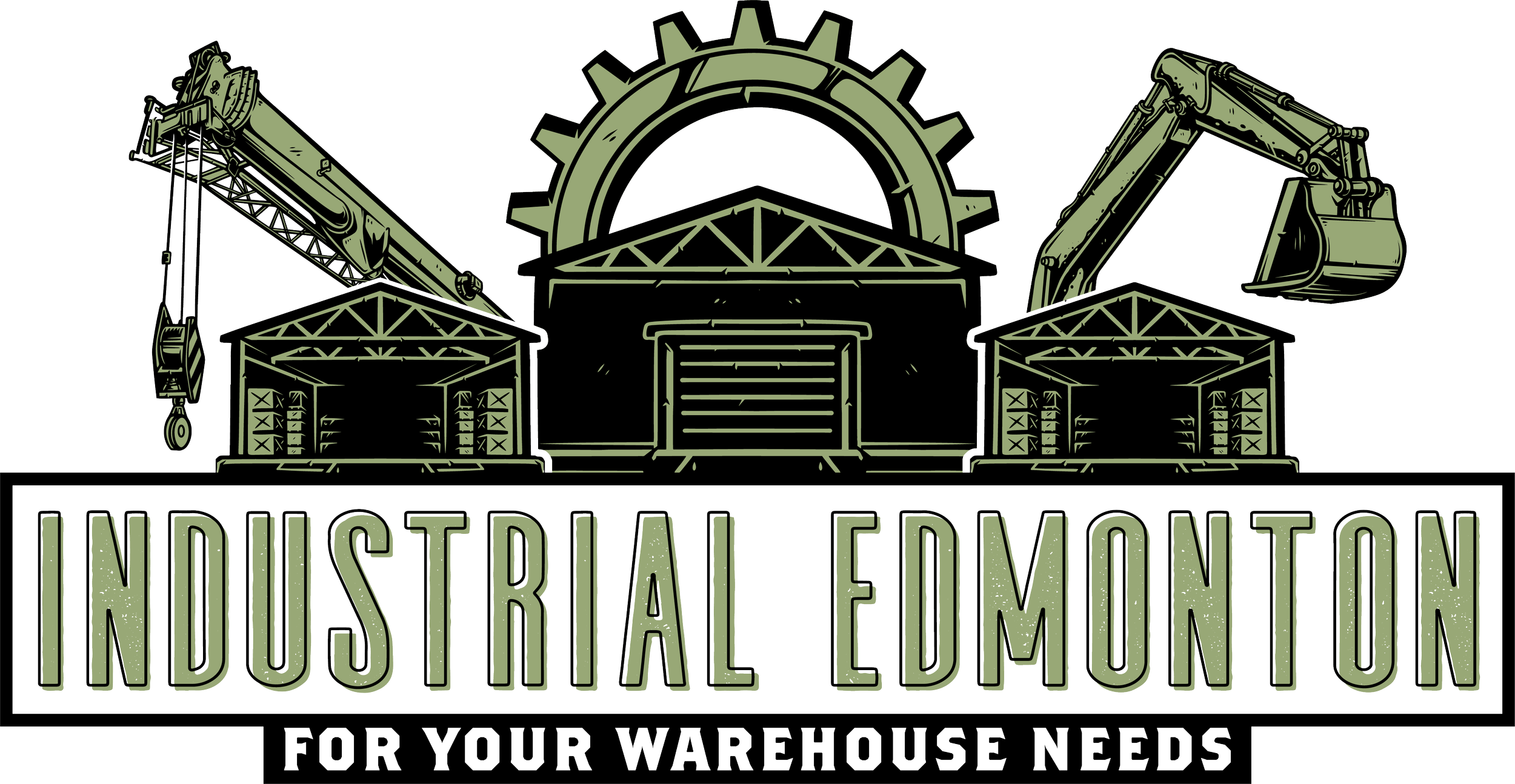Uncompetitive Taxes Shifting Millions of Square Feet of Development to Edmonton's Periphery Markets
Photo credit: newelly54 via Flickr
This past week at the Edmonton Real Estate Forum, the Industrial Panel took a run at some of the huge challenges faced by industry in the Edmonton market due to the ever increasing property tax rates and reimbursement expectations from our Councillors. The City of Edmonton is now at a point where it has become noncompetitive in attracting and retaining business due to exorbitant property taxes, born primarily by commercial property owners (and lessees), to cover the City's deep spending culture.
Key Takeaways
Edmonton's Total Net Expenditure has increased roughly 7.5% year over year since 2009 (66.76% total).
Edmonton's Total Taxation Revenue has increased roughly 10.5% year over year since 2009 (93.83% total).
In 2018, 59% of the City of Edmonton's Total Net Expenditures will be covered by Taxation Revenue.
The population of Edmonton has increased about 2.5% year over year since 2009 (25.25% total), much slower than our spending.
In Q1 2018, there was 1.5 Million SF of industrial property under construction - the majority being located outside of Edmonton's City Limits.
The following chart shows the increase in City spending and the correlating taxation revenue which has surpassed both the growth in expenses as well as population growth to the City. This highlights that while our population growth has maintained a relatively constant growth pattern of 2.5% each year, the spending has increased threefold and the revenue from taxation has increased fourfold in comparison! The vicious cycle for Edmonton businesses is that they are bearing the brunt of this growing spending spree but there are fewer companies choosing to build in Edmonton to counteract this trend. While the City needs more Non-Residential property to manage this tax for the whole commercial pool, the continual hikes are conversely pushing commercial investment outside of the City limits where taxes are $1.50/SF less than within Edmonton. This then makes the costs astronomical for the existing businesses, who are now in turn beginning to consider and shift to neighbouring Counties.
Source: City of Edmonton Operating Budgets
To give some perspective to the mass transfer of development outside of Edmonton I'll quickly highlight four major commercial/industrial projects that have chosen periphery markets to the scale of 1.725 Million Square Feet. This has to do with the property tax benefits that are substantial with the scale of these facilities, as well as with the various Counties' clever priority to get permits through the approval process with much greater efficiency and ease than with City of Edmonton. We have heard of development permits being approved within 24 hours at the County of Parkland to support and promote this migration, compared to 6 - 8 weeks at the City of Edmonton.
Aurora Cannabis - 800,000 Square Foot facility, under construction in Leduc County (South of Edmonton)
Champion Petfoods - 400,000 Square Foot facility, under construction in Parkland County (West of Edmonton)
Ford Automotive Warehouse - 400,000 Square Foot facility, under construction in Leduc Business Park (South of Edmonton)
Freedom Cannabis - 125,000 Square Foot facility, plans to be expanded to 2 Million Square Feet, under redevelopment in Parkland County (West of Edmonton)
The above represent only four industrial projects under development in the market, just a drop in the water of what's expected in the pipeline. As e-commerce demand continues to grow across the country, additional warehouse space (distribition, cold storage, etc.) will be necessary in the market and business will continue to seek out the path of least resistance and highest cost savings. It may surprise some to know that E-commerce operations require three times more warehouse space than brick-and-mortar stores to guarantee that inventory is on hand and returns can be processed. Hopefully the City can capitalize on this uphill trend for warehouse space, I can tell you that the surrounding counties have clued in and are working their hardest to take advantage. Who knows how soon until Amazon enters our marketplace... it's only a matter of time following the 600,000 square foot Balzac (Calgary periphery market) deal.
I'd be curious if your City is struggling with the same issues, leading to the migration of business to periphery markets. Leave a note in the comments below!


